The world is home to some truly unique ecosystems, each playing a vital role in maintaining biodiversity and supporting life.
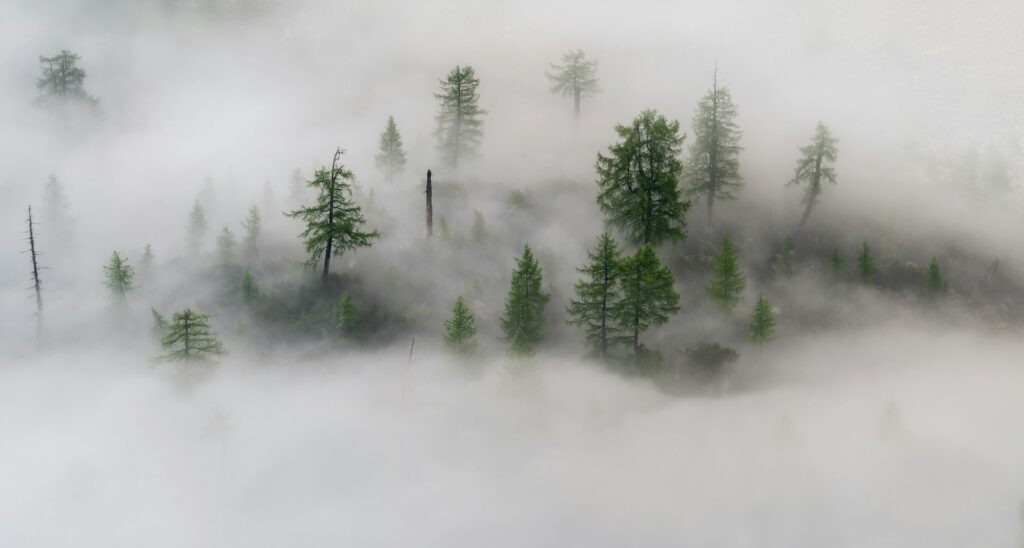
While some are vast and well-known, others exist in isolated pockets, often overlooked but equally important. These rare environments have adapted to extreme conditions, sustaining plant and animal species found nowhere else on Earth. Understanding these fragile ecosystems helps highlight why conservation efforts are so crucial to preserving the delicate balance of nature.
Cloud forests exist in perpetual mist.
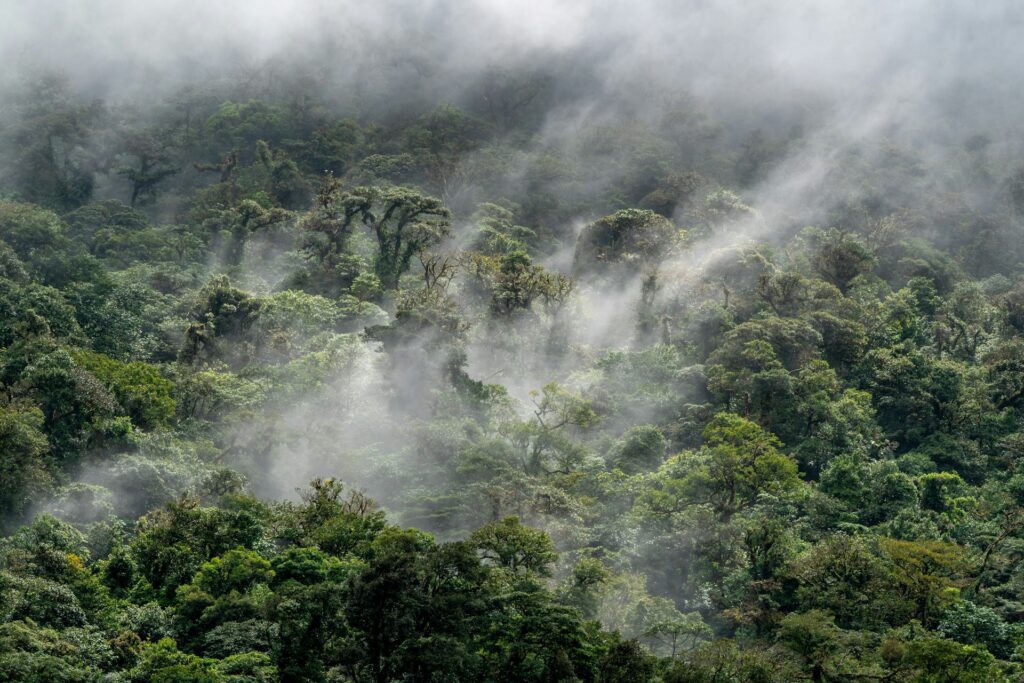
High up in tropical mountains, cloud forests thrive in constant moisture, creating a lush and mystical landscape. These ecosystems support an incredible array of biodiversity, including rare orchids, amphibians, and birds found nowhere else. The dense fog that rolls through these forests helps maintain humidity, allowing unique plant and animal species to flourish.
Deforestation and climate change are threatening these fragile environments, making conservation efforts essential. Protecting cloud forests helps maintain critical water sources and ensures that rare species continue to thrive in these misty, high-altitude habitats.
Deep-sea hydrothermal vents sustain alien-like life.
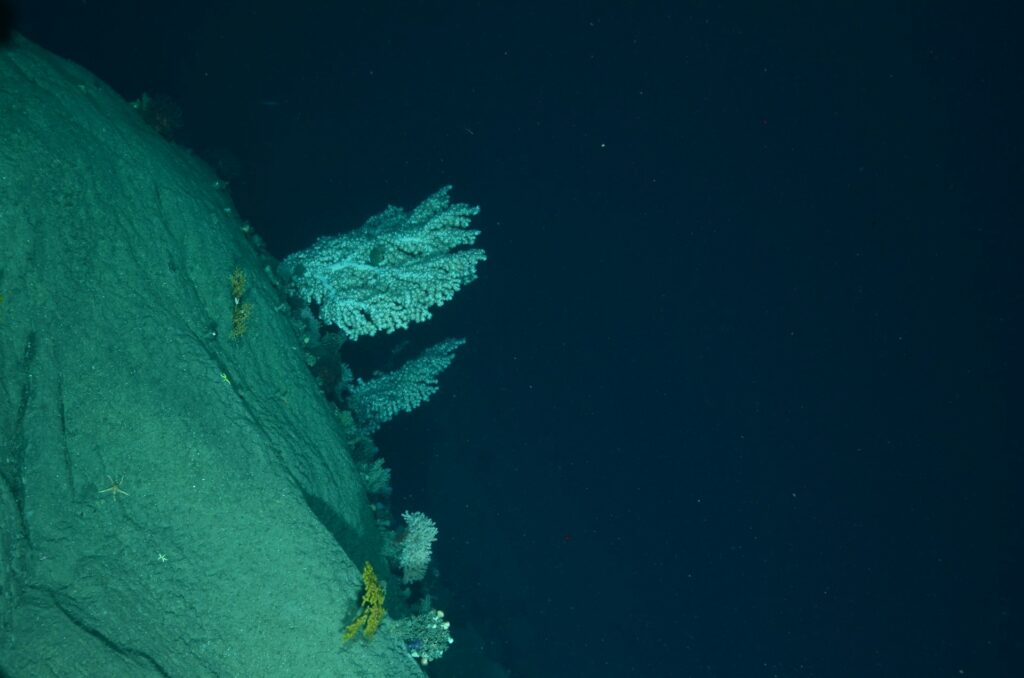
Far beneath the ocean’s surface, hydrothermal vents spew mineral-rich water into the surrounding darkness. Despite the extreme heat and pressure, these deep-sea ecosystems support life forms that seem almost otherworldly, including giant tube worms, bioluminescent fish, and bacteria that survive without sunlight.
These ecosystems are crucial for scientific research, as they provide insights into how life might exist on other planets. However, deep-sea mining and climate change pose growing threats to these hidden worlds, making their protection more important than ever.
Peat bogs store carbon better than forests.
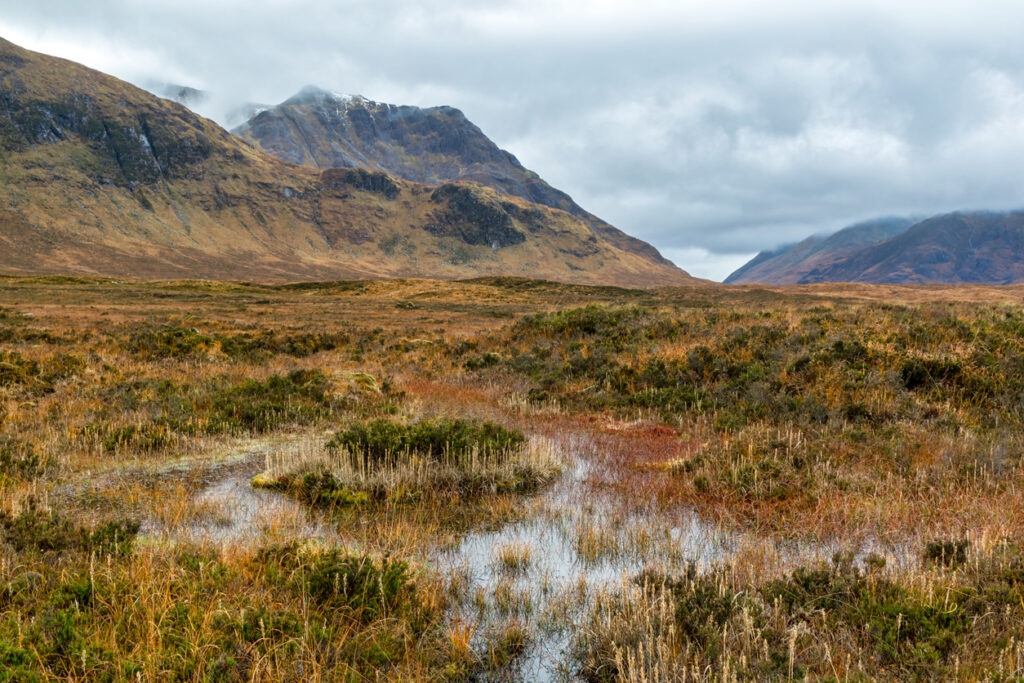
Peat bogs may not look like much at first glance, but they play a crucial role in capturing and storing carbon dioxide. These waterlogged landscapes form over thousands of years as plant material slowly decays, creating a rich, carbon-dense environment. They also support unique wildlife, including rare carnivorous plants and wading birds.
When peat bogs are drained or destroyed, they release massive amounts of stored carbon, contributing to climate change. Protecting these ecosystems not only helps combat global warming but also preserves the rare species that depend on them.
The Namib Desert fog sustains life in the driest conditions.
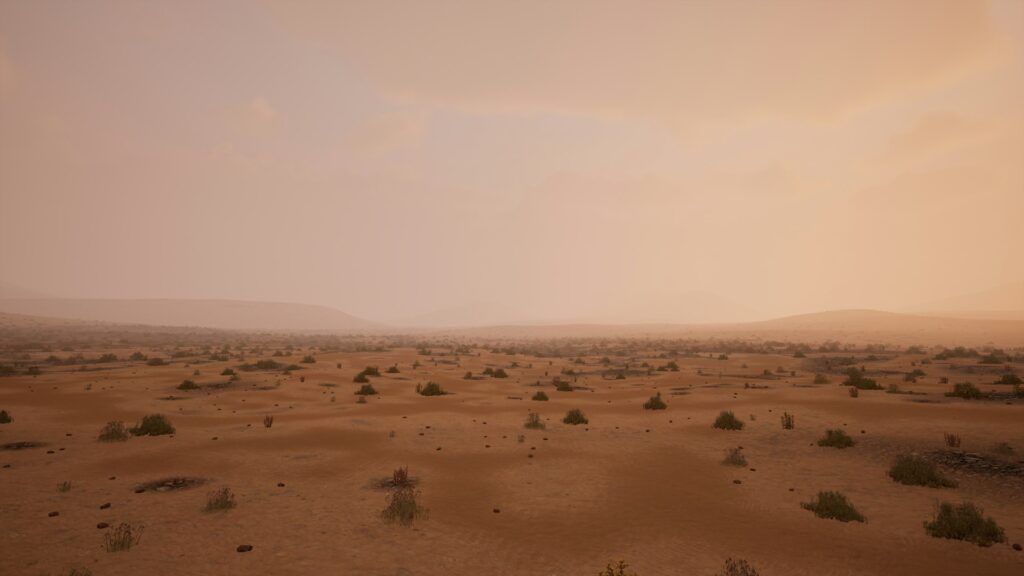
One of the oldest and driest deserts in the world, the Namib Desert seems inhospitable at first glance. However, a fascinating ecosystem exists here, sustained almost entirely by coastal fog that rolls in from the Atlantic. Plants like the welwitschia, which can live for over a thousand years, and desert-adapted animals like the fog-basking beetle rely on this moisture for survival.
Climate change and human encroachment threaten the delicate balance of this ecosystem. Protecting the Namib Desert ensures that its uniquely adapted wildlife can continue to thrive in one of the harshest environments on Earth.
The Great Barrier Reef is more than just coral.
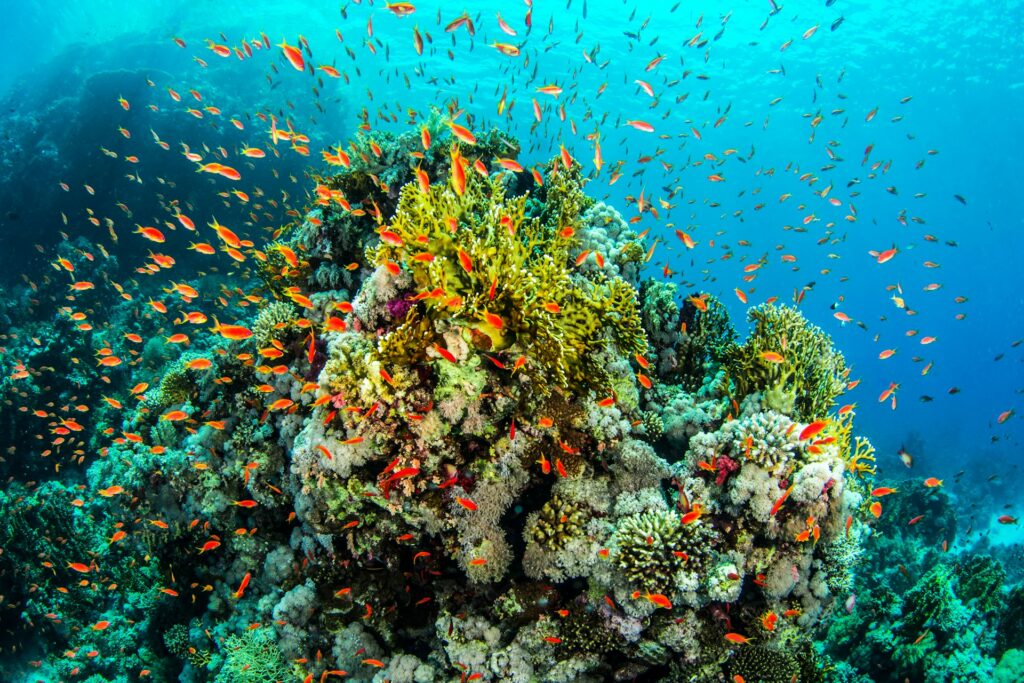
The Great Barrier Reef is the largest living structure on Earth, but it’s more than just coral—it’s a vast, interconnected ecosystem. It supports thousands of marine species, from vibrant fish and sea turtles to sharks and dolphins. The reef acts as a natural barrier, protecting coastlines from storms and erosion.
Rising ocean temperatures and pollution are causing widespread coral bleaching, threatening the entire ecosystem. Conservation efforts, including reducing pollution and responsible tourism, are essential to preserving this natural wonder for future generations.
Arctic tundra survives in an almost frozen world.
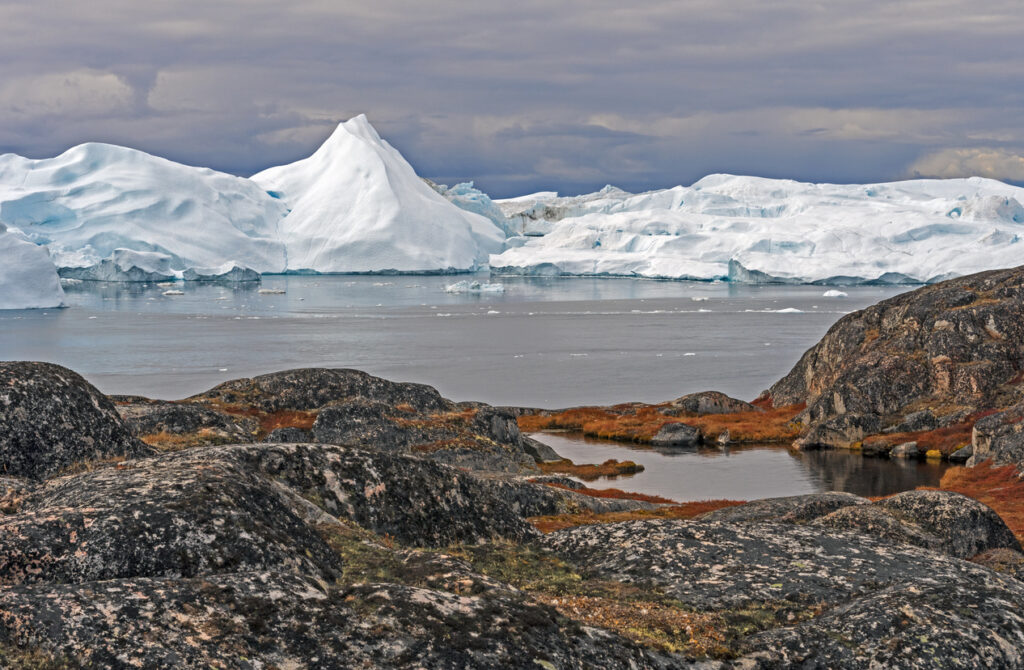
The Arctic tundra is a vast, treeless landscape that endures extreme cold for most of the year. Despite its harsh conditions, it supports resilient species like polar bears, Arctic foxes, and caribou. During the brief summer, wildflowers bloom, and migratory birds arrive in huge numbers to breed.
With climate change causing Arctic ice to melt at an alarming rate, this fragile ecosystem is under threat. Preserving the tundra is vital for maintaining biodiversity and protecting the animals that rely on this unique environment.
Madagascar’s spiny forests are unlike any other.
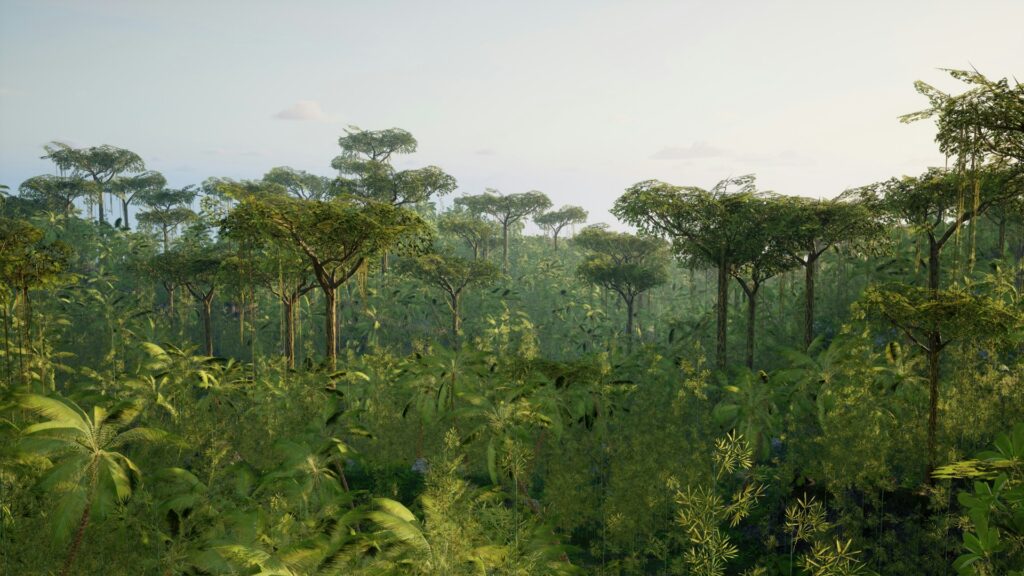
Madagascar is home to some of the world’s most unique ecosystems, and its spiny forests are particularly fascinating. These dry, thorny woodlands are filled with bizarre-looking trees and plants that have adapted to conserve water. The region is also home to rare animals like lemurs, chameleons, and the endangered fossa.
Deforestation and habitat destruction are putting Madagascar’s ecosystems at risk. Protecting the spiny forests ensures that the island’s one-of-a-kind wildlife continues to thrive.
Cave ecosystems survive without sunlight.
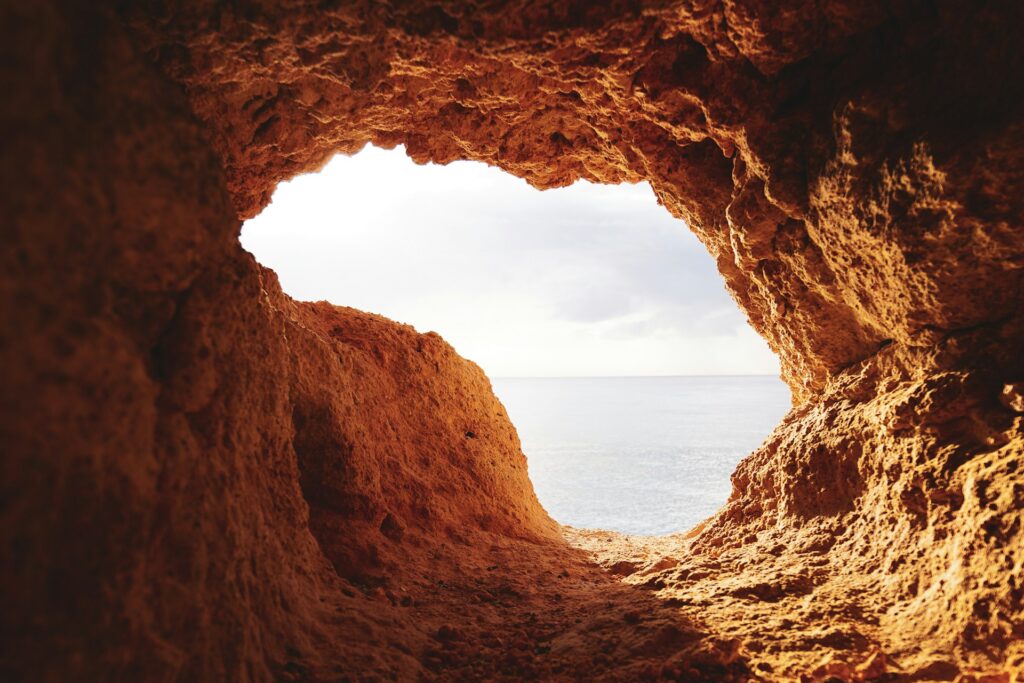
Deep inside the Earth, cave ecosystems exist in near-total darkness, supporting unique life forms that have adapted to extreme conditions. Blind fish, albino salamanders, and strange bacteria thrive in these subterranean worlds, where food sources are limited, and survival depends on highly specialised adaptations.
Human activities such as pollution and tourism can disrupt these delicate environments. Protecting caves and their inhabitants helps preserve these hidden ecosystems, which provide valuable insights into evolution and survival in extreme conditions.
Mangrove forests protect coastlines and marine life.
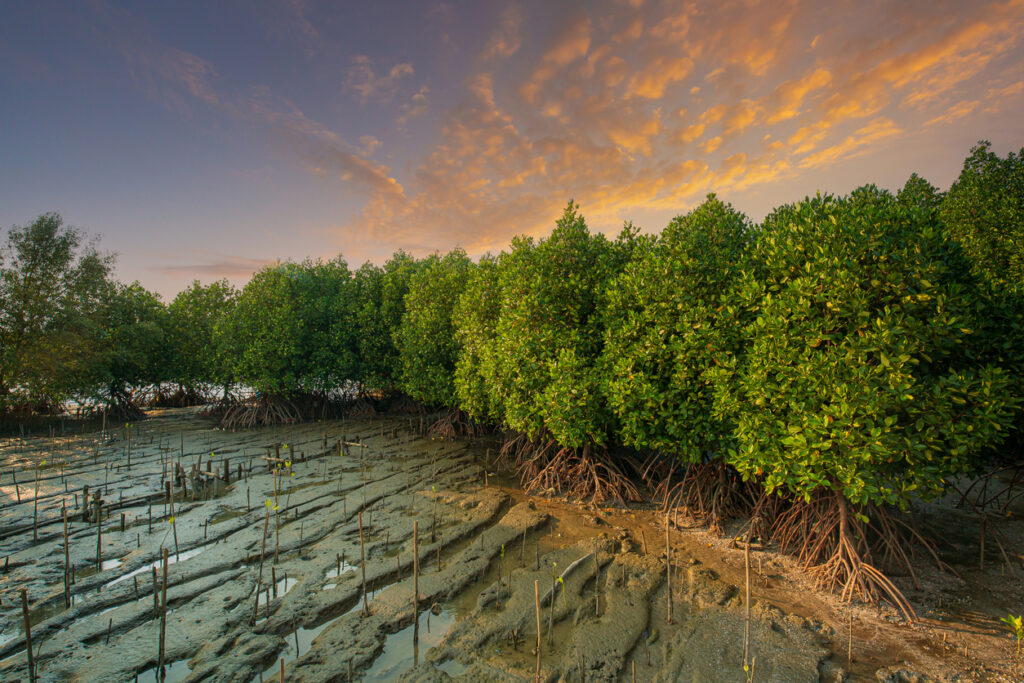
Mangrove forests are found along tropical coastlines, where their tangled roots create a buffer against storms and erosion. These ecosystems provide shelter for fish, crabs, and birds while acting as a nursery for many marine species. Mangroves also store carbon efficiently, helping to combat climate change.
Deforestation for coastal development is a major threat to mangrove forests. Restoring and protecting these environments ensures that they continue to provide essential benefits to marine life and coastal communities.
The tepui plateaus of South America are lost worlds.

Rising above the Amazon rainforest, tepuis are isolated flat-topped mountains that create unique ecosystems unlike anything else on Earth. These “islands in the sky” support species that exist nowhere else, such as the carnivorous plants of Venezuela’s Mount Roraima and the tiny black frog that lives only on the summit of a single tepui.
Because of their isolation, these ecosystems have remained relatively untouched, but climate change and tourism pose increasing threats. Studying and protecting these rare environments provides valuable knowledge about evolution and adaptation.